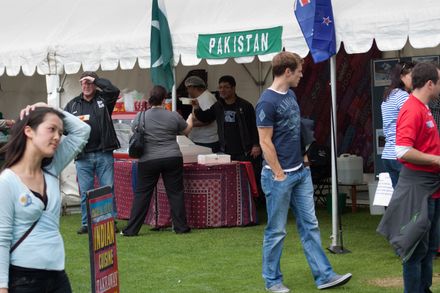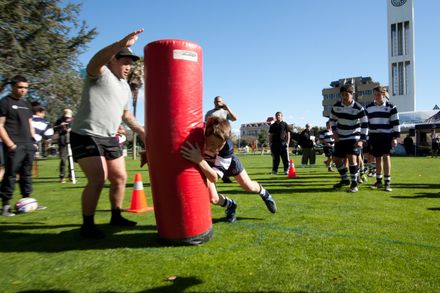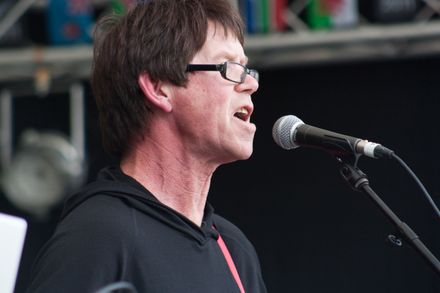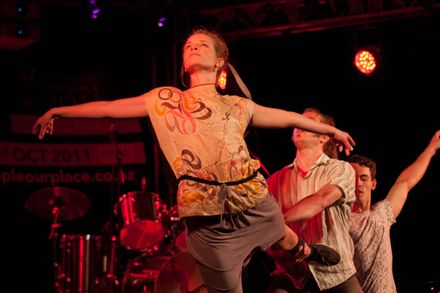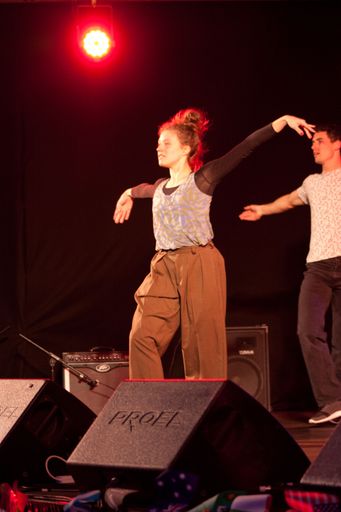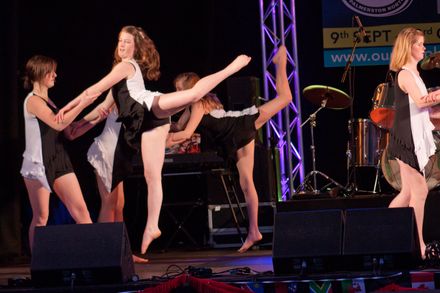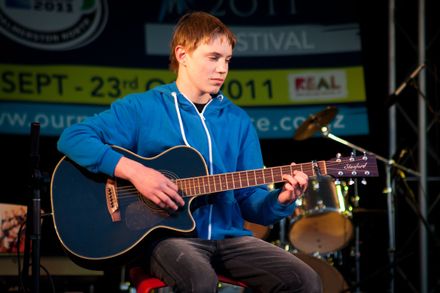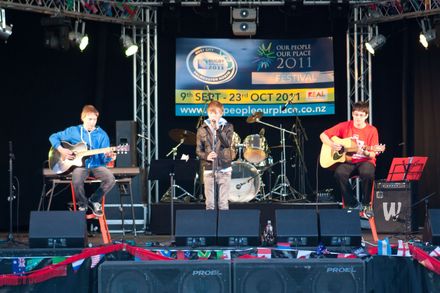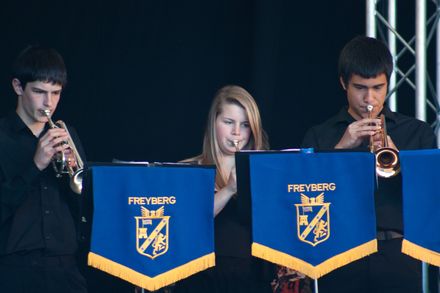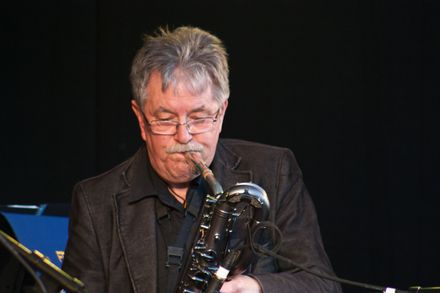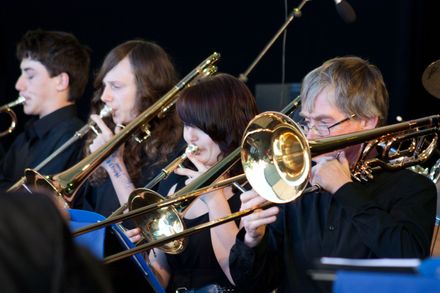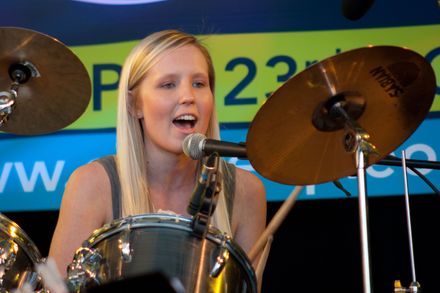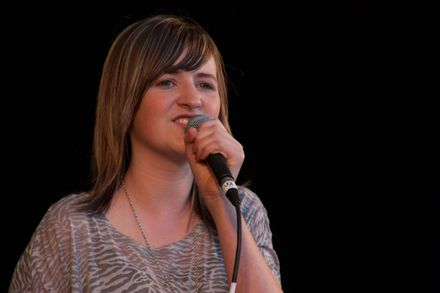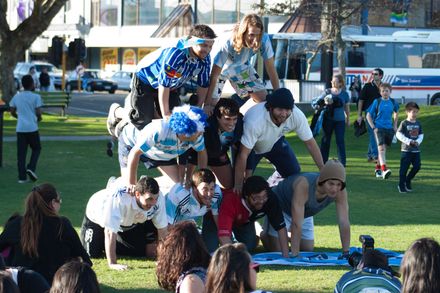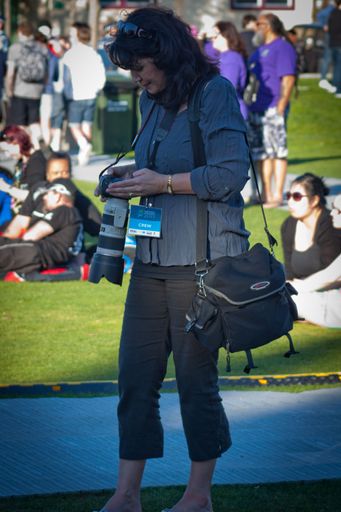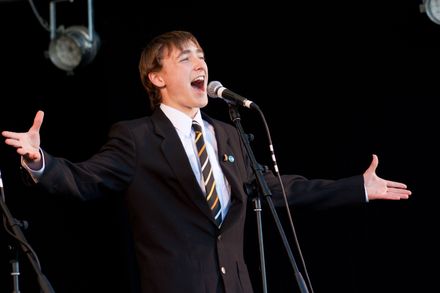Our People, Our Place Festival - Rugby World Cup 2011
Rugby World Cup fans were able to enjoy a wealth of events in Te Marae o Hine – the Square during the 2011 Rugby World Cup. This image is likely from attempts to break three rugby related Guinness World records. Organiased by Te Wananga o Aotearoa, one record was broken - most rugby tackles in 1 minute - set by Palmerston North Boys High Schoolers.
The ‘Our People, Our Place’ Festival was a pan-regional organisational effort across hospitality, local government, business and other organisations to ensure a wealth of activities were on offer for tourists and visitors travelling for the 2011 Rugby World Cup.


